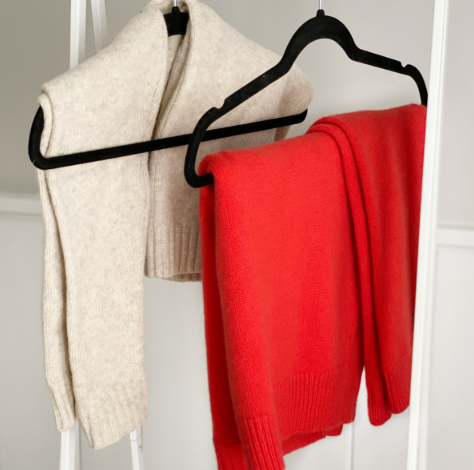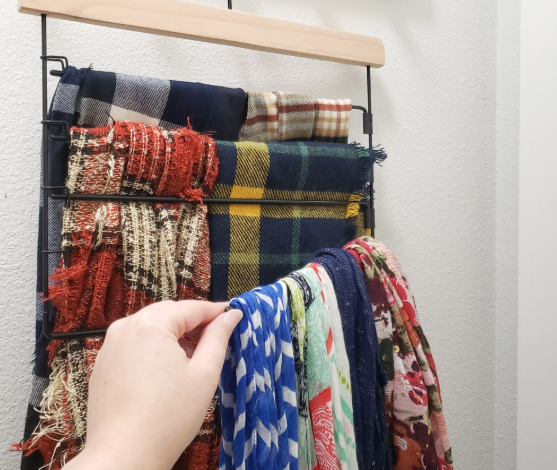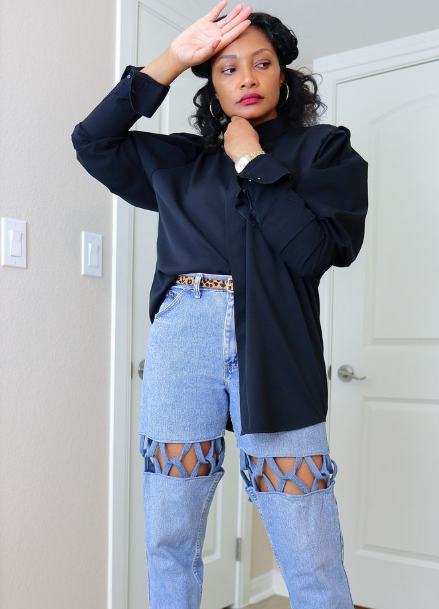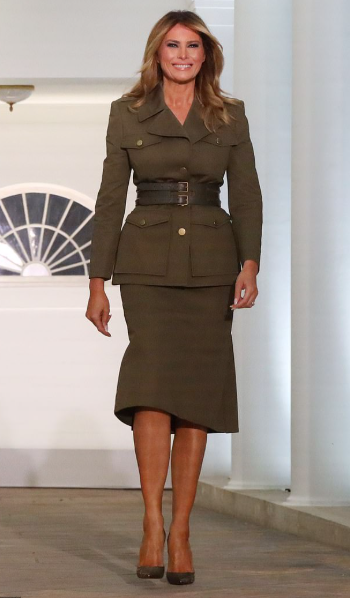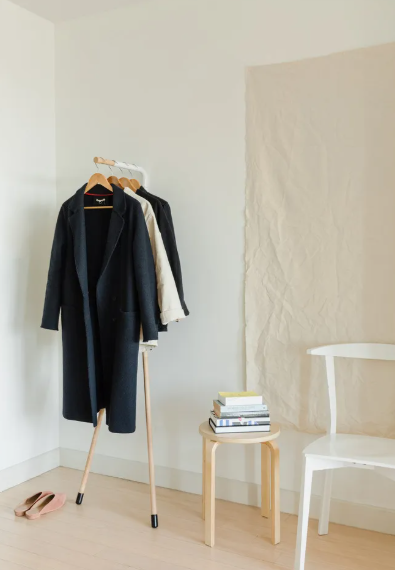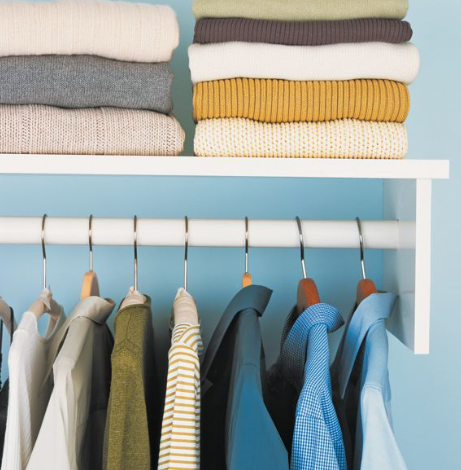
Folding vs. Hanging: Which Storage Method is Best for Your Clothes?
When it comes to organizing your wardrobe, the debate between folding and hanging clothes is a common one. Each method offers distinct advantages, and choosing the best one depends on factors such as fabric type, garment weight, and space availability. In this guide, we’ll explore the pros and cons of both methods and provide helpful tips to ensure your clothes stay in great condition, whether they are folded or hanging.
The Benefits of Folding Clothes
Before dismissing folding as an outdated option, it’s important to recognize its unique benefits. Properly folding clothes can be gentler on fabrics and offers several advantages:
- Preserving Fabric Integrity: Hanging clothes, especially delicate materials like knits, can lead to stretching, especially over time. Gravity pulls on the fabric, distorting the shape of collars and sleeves. When folded, weight is distributed more evenly, reducing the strain on the fabric and helping garments maintain their natural shape.
- Maximizing Storage Space: Folding is an efficient use of space, allowing you to stack garments neatly in drawers or on shelves. This method is particularly useful in small closets or shared spaces, where every inch counts. Proper folding makes it easier to store multiple items in a compact area without crowding.
- Reducing Wrinkles: Although hanging clothes is often considered the best way to prevent wrinkles, folding can actually be better for certain fabrics like cotton or linen. These materials are prone to deep creases when hung, but folding helps minimize pressure points, reducing the chance of permanent wrinkles.
- Faster Access: A neatly folded wardrobe allows for quicker access to your clothing. By organizing garments into separate sections by type, color, or season, you can easily locate what you need without creating a mess or searching through a pile.
Best Candidates for Folding
While folding works for many garments, some clothes are better stored this way to maintain their condition:
- Sweaters and Knitwear: Sweaters, particularly those made from wool or cashmere, should be folded to avoid stretching the fabric around the shoulders. Storing these items in neat, compact stacks prevents unnecessary wear and preserves their shape.
- Formalwear with Delicate Details: Garments adorned with beads, sequins, or other embellishments are better folded to protect these delicate features. Hanging such items could distort the design, whereas folding helps distribute the weight evenly without putting stress on the intricate details.
- Heavy Fabrics: Clothes made from heavier materials like wool pants or linen dresses should be folded, as they tend to wrinkle or lose their shape when hung. Folding these items helps keep them tidy and reduces the risk of hanger marks.
- Accessories: Small items such as scarves, gloves, and hats are difficult to organize when hung. Folding them into designated storage bins or drawers keeps them neat and easy to access, avoiding the frustration of tangled accessories.
The Benefits of Hanging Clothes
Hanging is often the preferred method for certain garments due to its ability to maintain shape and minimize wrinkles:
- Maintaining Shape: Items like tailored suits, blazers, and coats benefit from hanging. The gravity of the fabric naturally helps these garments retain their shape, especially when placed on the right type of hanger, such as padded or wooden ones. This prevents the garment from sagging or losing its form.
- Minimizing Wrinkles: For lightweight fabrics prone to wrinkling, such as silk, rayon, or linen, hanging is usually the best option. These materials can crease easily when folded, but hanging allows them to remain smooth and wrinkle-free.
- Better Visibility and Accessibility: One of the main advantages of hanging clothes is the ability to easily see your wardrobe at a glance. Hanging garments allows you to quickly identify what you need based on color, type, or season, saving you time and reducing the likelihood of forgetting about certain pieces.
Best Candidates for Hanging
While folding works well for some garments, others are best hung to preserve their shape and minimize wrinkles:
- Everyday Shirts and Blouses: Dress shirts and blouses are prone to wrinkles when folded. Hanging these immediately after washing helps keep them crisp and ready to wear, especially when placed on a hanger with good shoulder support.
- Pants, Skirts, and Shorts: Hanging pants, skirts, and shorts helps prevent creases that may form when folded. Use clip hangers to hang skirts and trousers by their waistbands, which helps maintain the garment’s fit and prevents fabric damage.
- Tailored Suits and Outerwear: Blazers, suit jackets, and coats need to maintain their sharp, structured look. These garments should always be hung on contoured hangers that support the shoulders and prevent the fabric from losing its shape. Heavy coats also benefit from hanging to avoid wrinkles and wear.
- Wrinkle-Prone Fabrics: Certain fabrics like rayon and silk wrinkle quickly when folded. Hanging these garments allows them to remain smooth, especially when hung in a well-ventilated closet with ample space.
The Hybrid Approach: Combining Folding and Hanging
Instead of choosing one method over the other, a hybrid approach may be the most effective strategy. By combining folding and hanging based on garment needs, you can maximize your wardrobe’s efficiency and longevity. Here’s how to tailor your storage method:
- Hang Outerwear and Frequently Worn Items: Coats, jackets, and shirts that you wear often should be hung for easy access and to maintain their structure. These pieces are typically worn regularly and should be readily available in your closet.
- Fold Delicate Knits and Off-Season Garments: Sweaters, scarves, and seasonal items benefit from folding. This prevents stretching and protects delicate fibers from unnecessary wear. Storing these in drawers or fabric bins keeps them in great shape.
- Match Storage to Garment Weight and Fabric: Consider the fabric’s weight and structure when deciding whether to fold or hang. Heavier items and those prone to wrinkles, such as jeans or dress shirts, should be hung, while lightweight and delicate fabrics like sweaters or knits should be folded.
Long-Term Protection for Your Clothes
For added protection, consider using natural products like cedar wood blocks, rings, or sachets. These items repel moths, absorb moisture, and keep your clothes smelling fresh without the use of harmful chemicals. Place cedar in your closet or drawers to safeguard your garments from pests and mildew.
By taking a thoughtful approach to storing your clothes, combining both hanging and folding techniques, and incorporating natural protection, you can ensure your wardrobe stays organized, fresh, and well-maintained for years to come.

